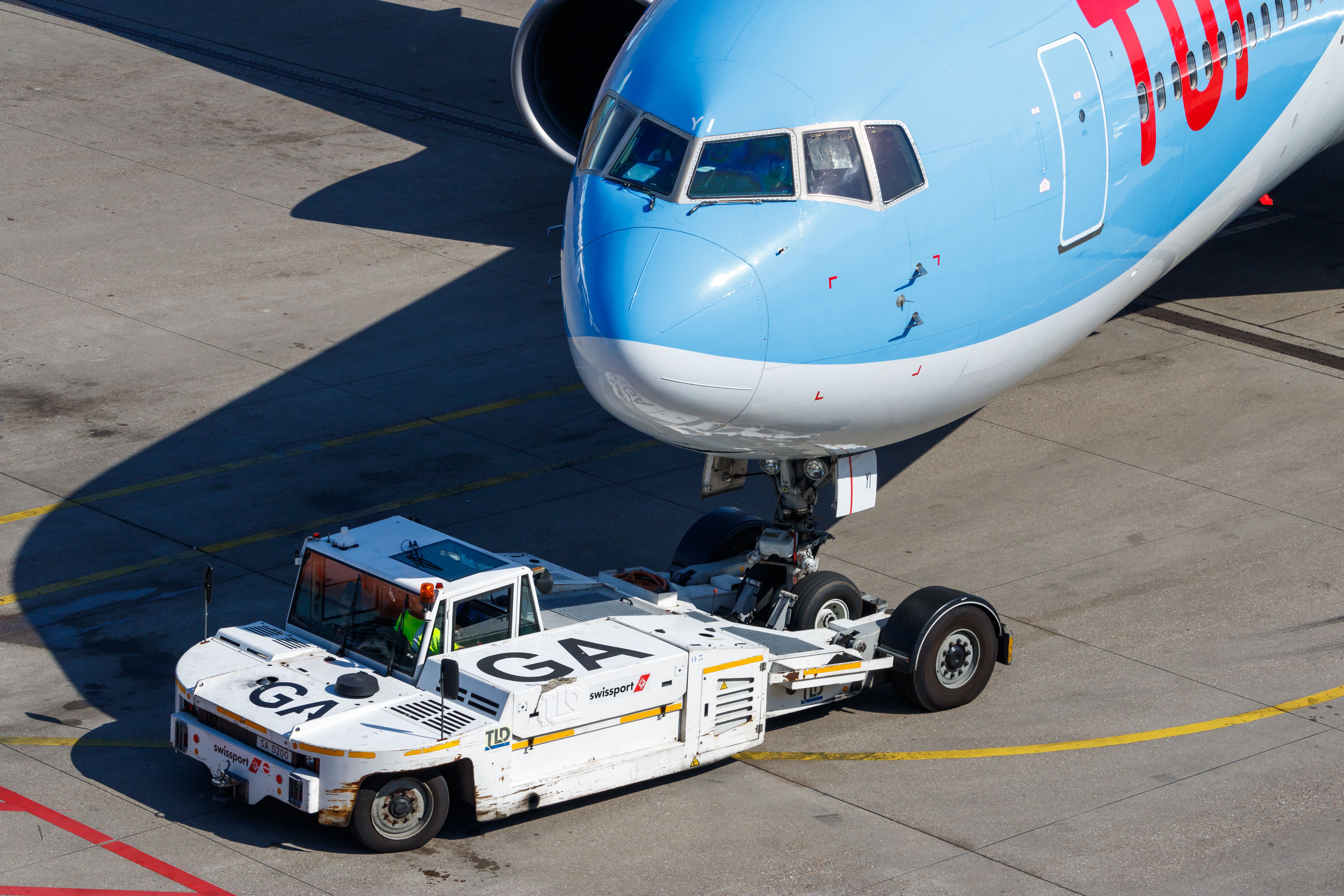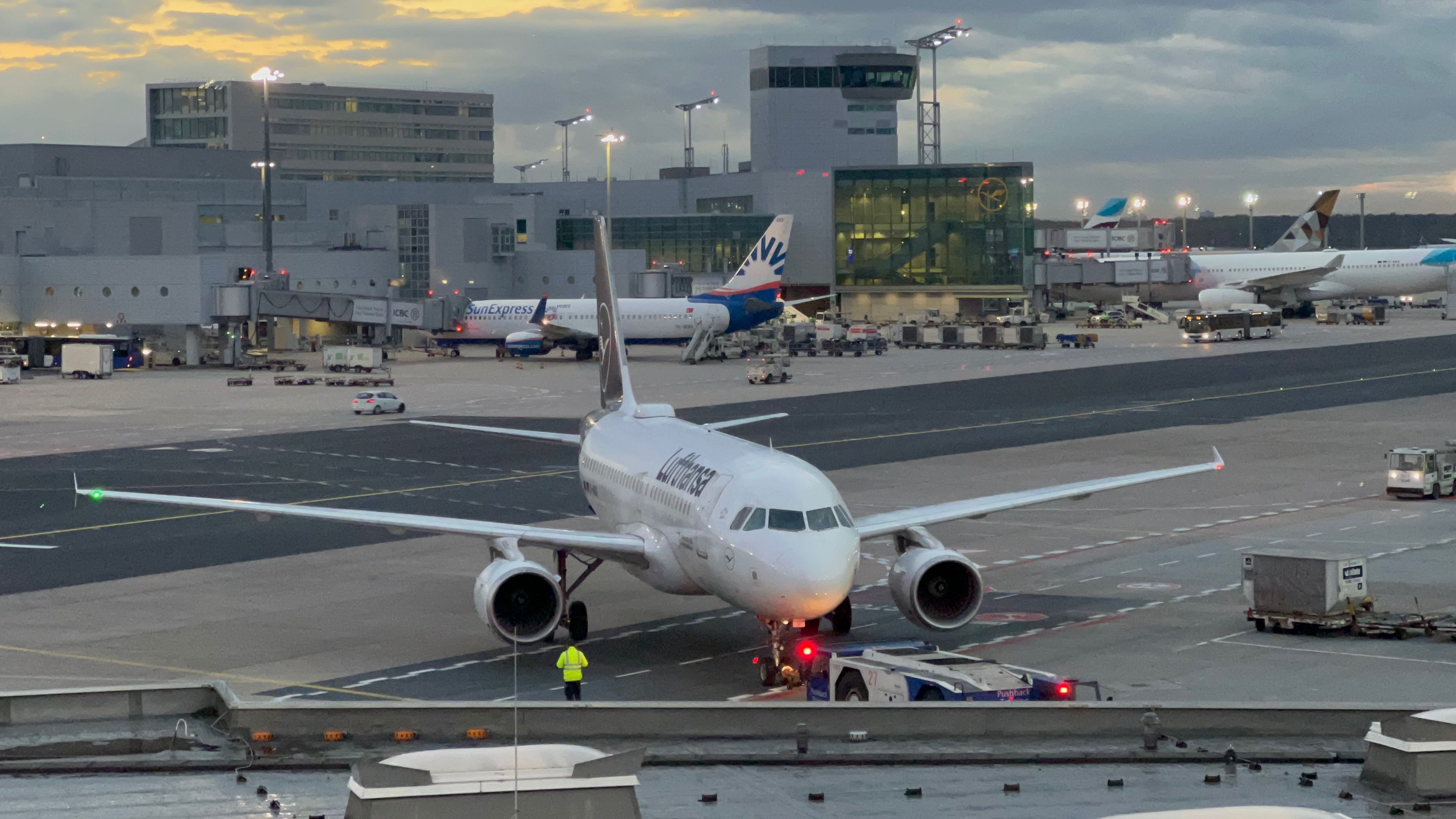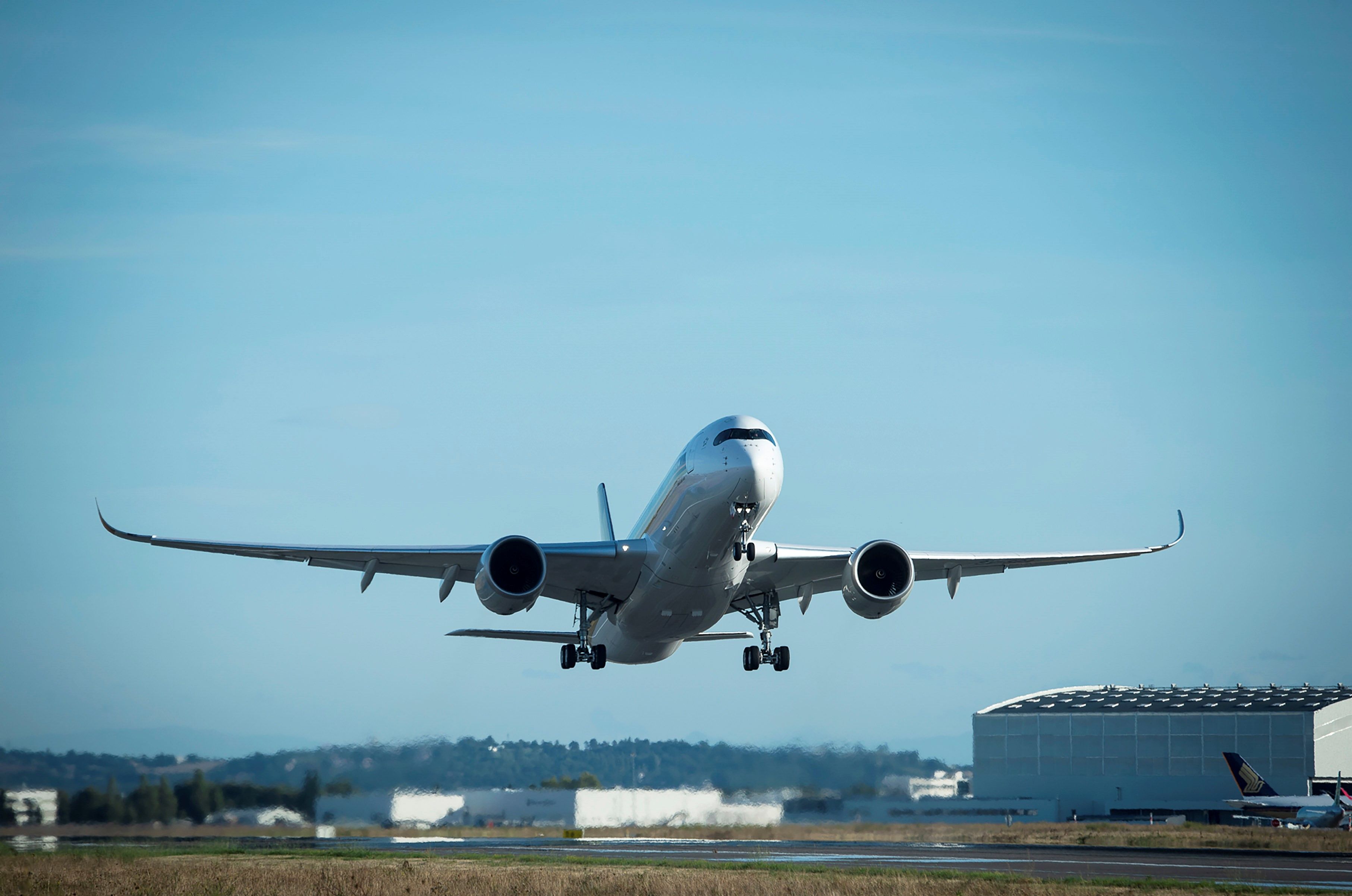Summary
- Flights are scheduled on a “block time” based on the time it will take the aircraft to go from gate to gate.
- Departure times on boarding passes usually correspond to when the cabin doors are closed or pushback, as it is a reliable estimate.
- Sticking with the current departure time system is easier for airlines and passengers.
Some people may be curious why, despite everyone’s best efforts, aircraft always seem to be a little late getting off the ground. Boarding passes say the flight should depart at 15:35, but they’ve lined up on the runway, ready for takeoff, at 15:50. As it turns out, this is very likely on time, but we need to be aware of a few industry terms concerning time to understand why.
How departure is worked into block times
Flights are usually scheduled and marketed according to what is called a “block time.” This period is a data-driven estimate of how long it will take the aircraft to get from the departure gate to the arrival date. Block times include pushback, taxiing, and flying while taking into account the type of aircraft, average historical times, the time of year, and the time of day. Assuming there are no unanticipated delays or an emergency during the flight, block times are reliable, so the departure time shown on boarding passes usually corresponds to when the cabin doors are closed or pushback.
With the data we have today, estimating the time each aircraft would be lined up on the runway is likely possible. Since block times consider the average traffic at the specific airport at the time of day around departure, the airline knows approximately how long it will take to get to the runway. But to keep things simple, posting the departure time as the pushback time is an easy solution, and there may be extra benefits.
It’s operationally easier to stick with the status quo
Let’s say we’re at a major hub in less-than-ideal weather during rush hour, and it will take considerable time taxiing and waiting in line to get to the runway. If the departure time is set 30 to 40 minutes after the doors have been closed (ready for takeoff), passengers might sense they have more time than they actually do to get to the airport.
The aircraft type matters a lot, as it just takes more time to board everyone onto a widebody, even with multiple doors, than a regional jet with one door. But aircraft usually begin boarding 30 to 50 minutes before departure, and at some point, they must close the doors to ensure an on-time departure. If the industry suddenly changed, with a departure time based on takeoff rather than pushback, the window of time for boarding would get partially or entirely eaten up by pushback and taxi time (again, depends on many factors), and many people would miss flights. It’s interesting to ponder how many weeks it would take for the flying public to become used to showing up two and a half to three hours before a regional flight ‘departs.’
Want answers to more key questions in aviation? Check out the rest of our guides here!
Furthermore, depending on the route, it may be advantageous for airlines to stick strictly to these very accurate estimates. Even if an aircraft, its crew, and all the passengers are ready to go 30 minutes before the scheduled departure time, it might not make sense to operate under the idea that getting everyone to the destination early would make them happy. For some larger yet still mostly regional airports, there might be a free gate to use, but if the arrival airport is a busy hub, passengers might have to sit very patiently on the apron until a gate can be assigned, which is suboptimal.
Sources: Travel StackExchange, My Airline Flight, Marketplace, Condé Nast Traveler, Quora



